[Firtst posted in AWOL 21 March 2016, updated 12 March 2019]
Methodos: Savoirs et Textes
ISSN électronique: 1769-7379
Methodos: Savoirs et Textes
ISSN électronique: 1769-7379
La revue à caractère scientifique "Methodos. Savoirs et textes" est une revue annuelle dont le premier numéro est paru en janvier 2001. La perspective adoptée est résolument interdisciplinaire. Issue de la rencontre d'historiens des sciences, de philosophes et de philologues réunis dans l'Unité Mixte de Recherche "Savoirs, textes, langage" (UMR 8163, STL) dépendant du CNRS et des Universités de Lille 3 et Lille 1, "Methodos" est ouverte à différentes disciplines représentées dans ce laboratoire de recherche (philologie classique, histoire des sciences et philosophie) à condition que les études proposées partent d'un travail sur les textes.
19 | 2019
Dire et vouloir dire dans les arts du langage anciens et tardo-antiques« Qu’est-ce que le langage et à quoi sert-il ? »« Qu’est-ce qu’un signe linguistique et en quoi consiste sa signification ? »« Quels sont les effets que les expressions linguistiques produisent, les contraintes qu’il faut respecter et les précautions qu’il convient de prendre lorsqu’on les utilise ? »Ce complexe de questions, dont on peut retracer l’origine dans un certain nombre de textes de l’Antiquité, oriente depuis les enjeux fondamentaux de la réflexion sur la nature et le sens des expressions linguistiques ainsi que sur les conditions effectives de leur utilisation. Au fil des débats philosophiques, littéraires et autres, cette compréhension du langage s’est déclinée en une variété de manières d’entendre ce que, pour une expression linguistique ou une suite d’expressions linguistiques données, « signifier » veut dire. Les contributions de ce numéro thématique se sont concentrées sur les idées linguistiques que les auteurs de langue et culture grecque – confrontés, plus ou moins explicitement, à la question « comment penser le langage ? » – ont développées afin de rendre compte du phénomène complexe de la signification comme propriété des signes linguistiques, corrélat d’un contenu de pensée ou encore comme produit d’une pratique réglée d’échanges.Leone Gazziero
Dire et vouloir dire dans les arts du langage anciens et tardo-antiques
Saying and Meaning in Ancient and Late Ancient Arts of Language
Microhistoire et casuistique historique : autour de la méthode de Carlo Guinzburg
Analyses et interprétations
Comptes rendus
Travaux
- 18 | 2018
Contemporary Uses of Descartes- 17 | 2017
Event- 16 | 2016
The Notion of Intelligence in Ancient Greece (nous-noein). From Homer to Platonism.- 15 | 2015
Philosophy and literature: Knowledge, practice and transformations- 14 | 2014
Meaning and intending: philosophies of language and mind from the Middle Ages to the present- 13 | 2013
Pratiques de l'interprétation- 12 | 2012
Un siècle de chimie à l'Académie royale des sciences- 11 | 2011
L'instrument de musique- 10 | 2010
Penser la fiction- 9 | 2009
L'autre Husserl- 8 | 2008
Chimie et mécanisme à l'âge classique- 7 | 2007
La comédie d'Aristophane et son public- 6 | 2006
Science et littérature- 5 | 2005
La subjectivité- 4 | 2004
Penser le corps- 3 | 2003
Figures de l'irrationnel- 2 | 2002
L'esprit. Mind/Geist- 1 | 2001
La philosophie et ses textes

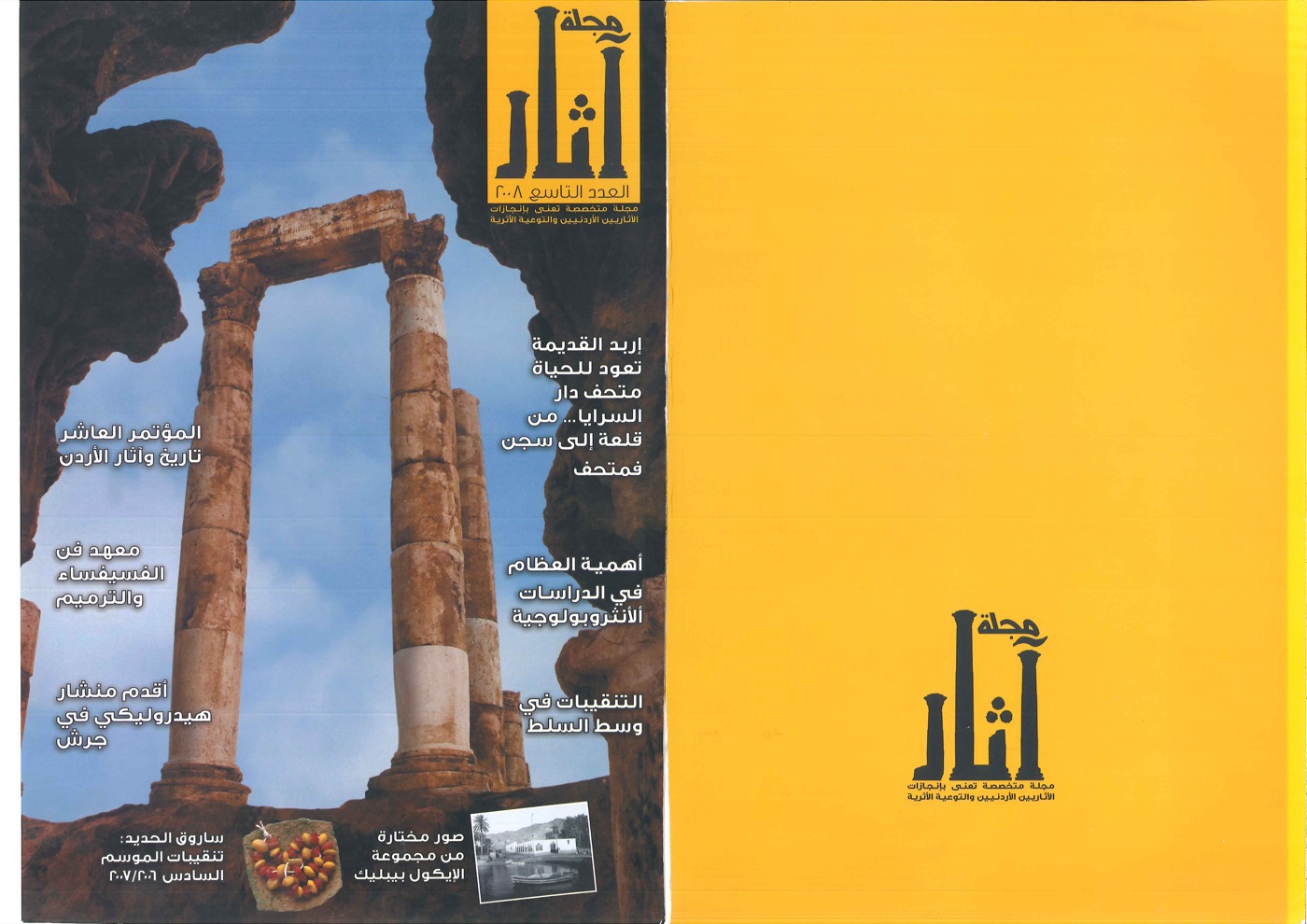
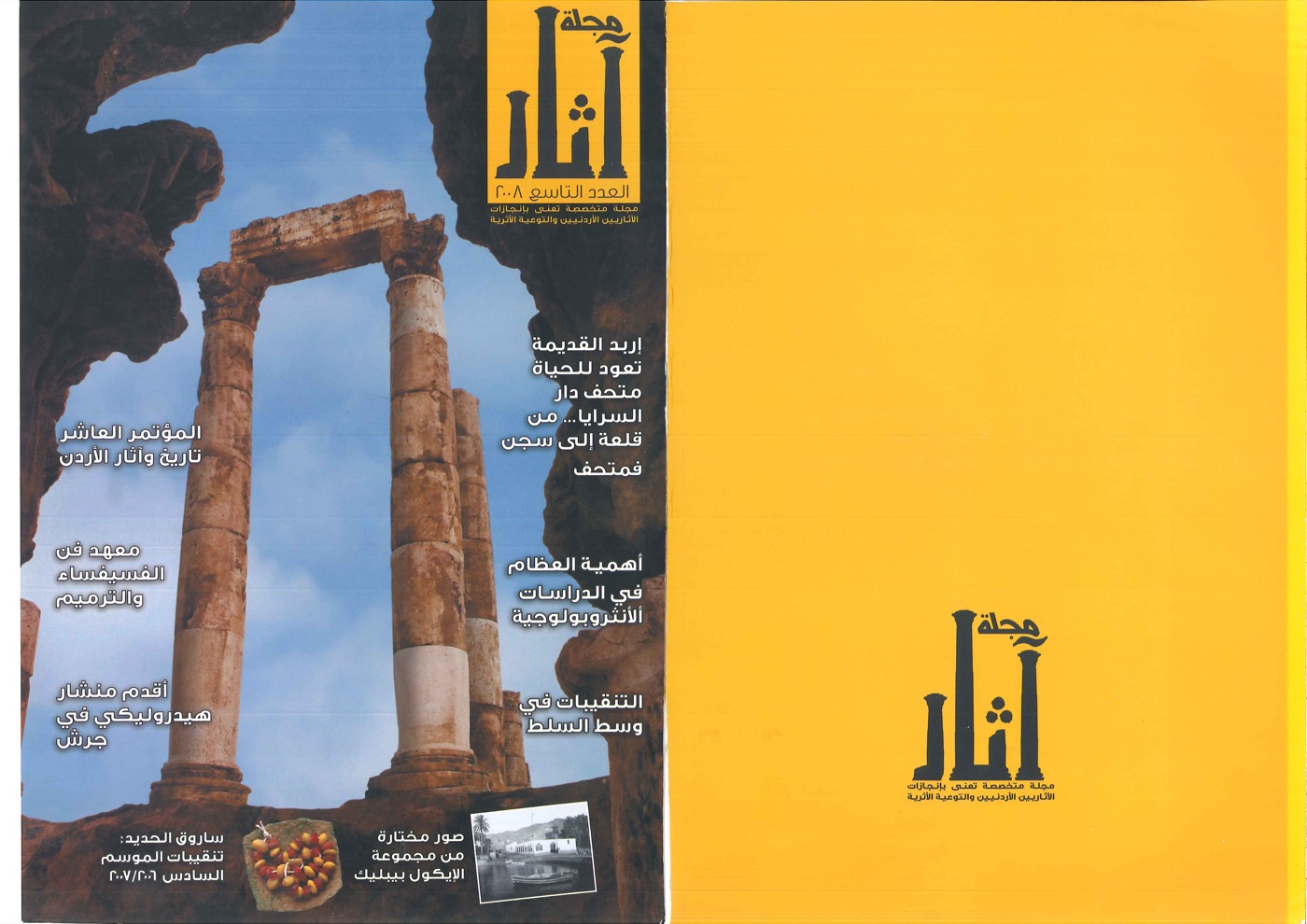
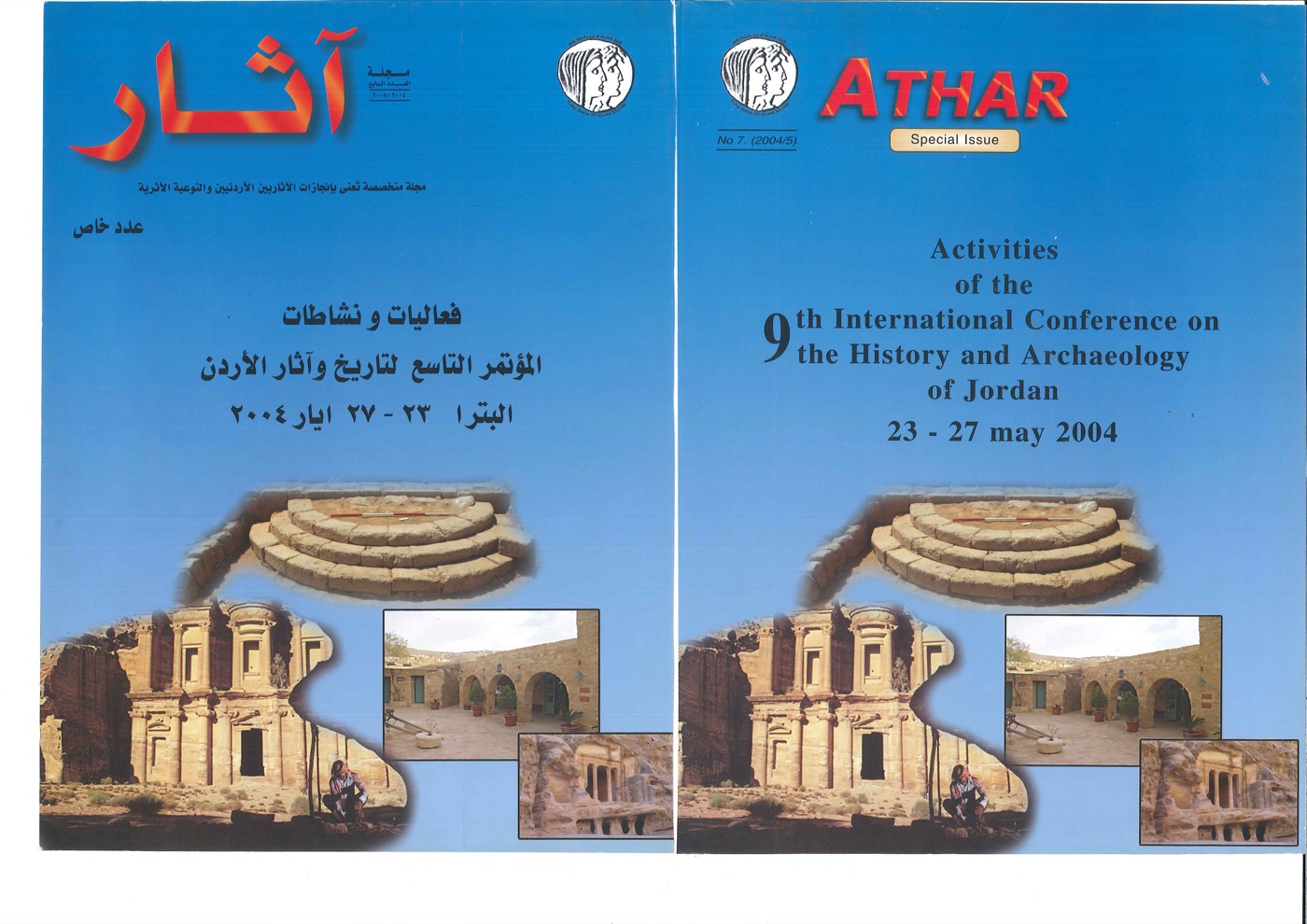
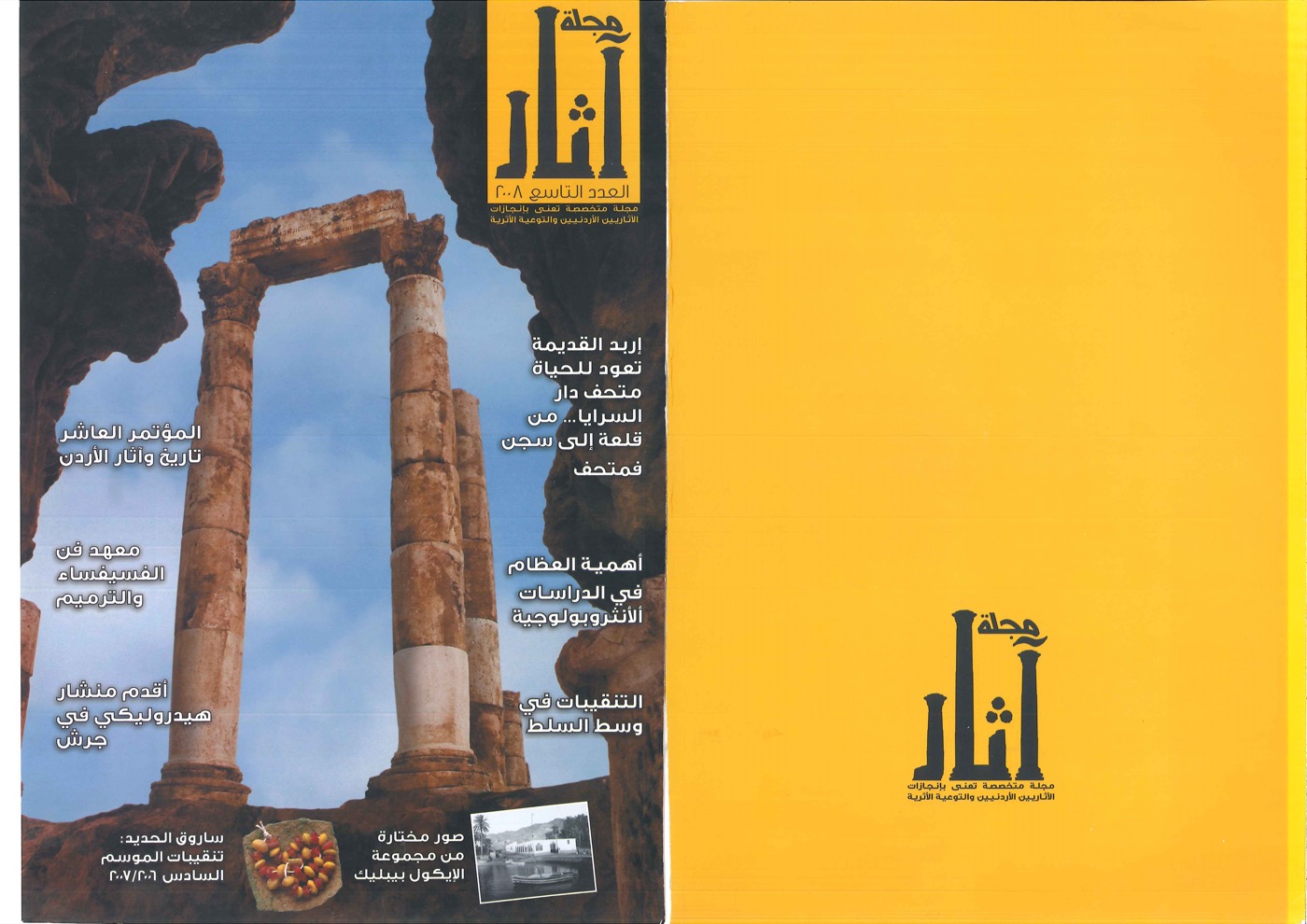




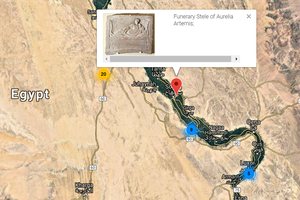

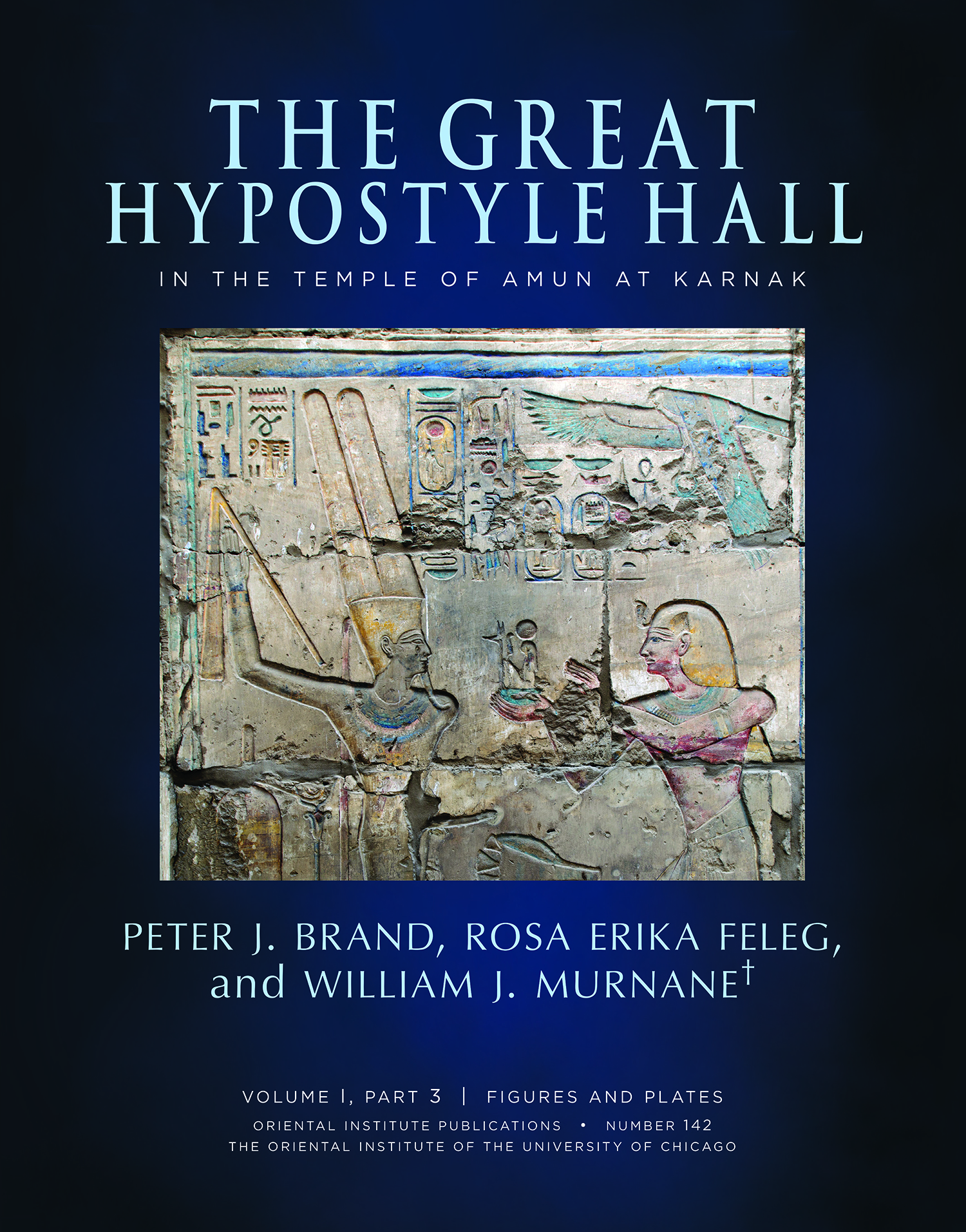

 131 KB)
131 KB) 















